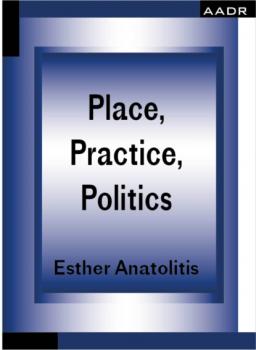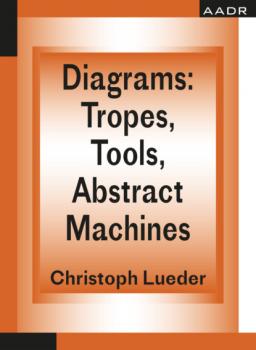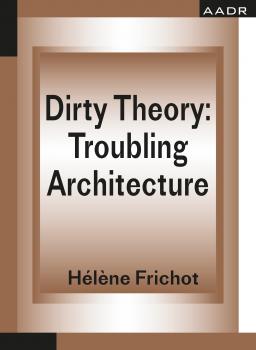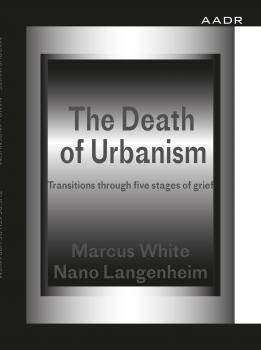ТОП просматриваемых книг сайта:
The Practice of Theory and the Theory of Practice
Скачать книги из серии The Practice of Theory and the Theory of PracticeSonic Wilderness: Wild Vinyl Records - Mark Harris
The Practice of Theory and the Theory of PracticeАннотация
Sonic Wilderness accesses the critical value of unusual vinyl records that concern our relationship with nature. These wild records reveal unconventional perspectives on the entanglements of human life with animals, gardens and plants. They form a lyrical unconscious exposing the conventions and ideologies of popular music, their warped perspectives and acoustic radioactivity comprising a resistance to enduring social, psychological and political conditions.
Аннотация
What futures are we designing by default? What collaborations are we complicit in? How can we incorporate an active civic engagement into our professional and creative practice – into our everyday lives? Esther Anatolitis presents a dynamic snapshot of her own practice from a distinctly Australian context but with a global perspective, offering tools and techniques for integrating civic engagement into daily practice. Taking leaps across spatial, creative, professional and political work, this is an unsettling text.
Diagrams: Tropes, Tools, Abstract Machines - Christoph Lueder
The Practice of Theory and the Theory of PracticeАннотация
Diagrams: Tropes, Tools and Abstract Machines examines the pervasive roles of diagrams as analytical, generative, narrative and critical devices manifest in design practices by architects and non-architects that draw on thick cultural milieus and that operate at personal, architectural and urban scales. What are potentials of diagrams beyond representation, as situated cultural practices, corporeal engagement and choreographic script, as instruments of speculation and invention, as manifestation of ideas and incrimination of ideology, as abstract machines in scenarios of allopoïesis, autopoïesis and cosmopoïesis?
A Ficto-Historical Theory of the London Underground - Marko Jobst
The Practice of Theory and the Theory of PracticeАннотация
This book offers a vision of the London Underground written in the form of a ficto-historical narrative, which combines history and fiction in the creation of a set of theoretical propositions for London's subterranean transportation network. Its amateur-scholar protagonist takes the reader on a labyrinthine journey into the world of research, with sources personified and their works appropriated and subverted. The book offers a model for practising writing and research in the context of architectural history and theory.
Информация о книге
Автор произведения Marko Jobst
Аннотация
Dirty theory follows the dirt of material and conceptual relations from the midst of complex milieus. It messes with mixed disciplines, showing up in ethnography, in geography, in philosophy, and discovering a suitable habitat in architecture, design and the creative arts. Dirty theory disrupts a comfortable status quo, includ- ing our everyday modes of inhabitation and our habits of thinking. This small book argues that we must work with the dirt to develop an ethics of care and mainte- nance for our precarious environment-worlds.
Информация о книге
Автор произведения Hélène Frichot
Аннотация
Koolhaas pronounced urbanism dead in 1995. Since then, urban design has struggled to come to terms with this and other losses including environmental stability, af- fordable housing, design control, and urban amenity. This book explores urban design paradigms transitioning through a misappropriation of Kübler-Ross' «five stages of grief» – from pro-sprawl 'denial', NIMBY 'anger', revisionistNewUrban'bargaining','depressed'starchitects, through to an optimistic manifesto of 'acceptance'.
Информация о книге
Автор произведения Marcus White






